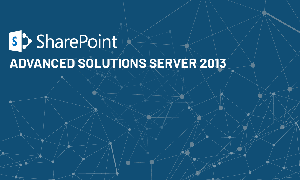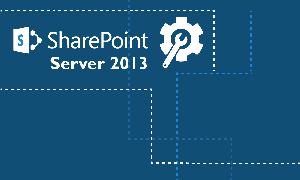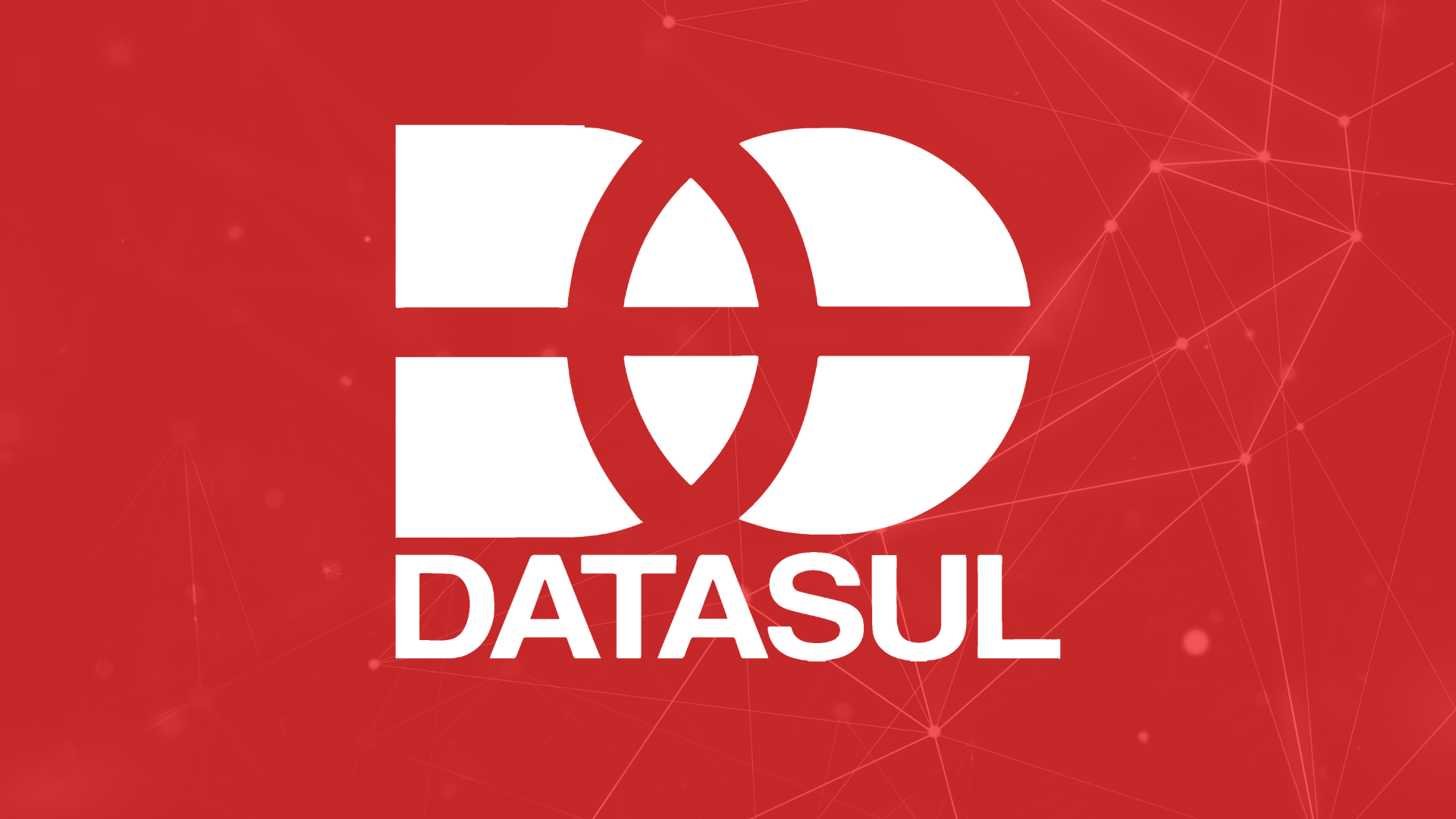Implementing an Advanced Server Infrastructure
Objetivo
About this course Get hands-on instruction and practice planning, designing and deploying a physical and logical Windows Server® 2012 R2 enterprise infrastructure in this 5-day Microsoft Official course. This course is part two in a series of two courses that provides the skills and knowledge necessary to design and implement a Windows Server 2012 R2 infrastructure in an enterprise environment. The two courses collectively cover designing, planning, deploying, securing, monitoring, automating, and virtualizing an enterprise server infrastructure. This course covers the knowledge and skills to plan and implement a highly available, secure infrastructure with focus on Active Directory® Federation Service (AD FS), public key infrastructure (PKI), and Active Directory Rights Management Services (AD RMS). You will also learn the skills needed to plan and deploy virtual machines including self-service and automation of virtual machine deployments as well as planning and implementing a monitoring strategy that includes Microsoft® System Center 2012 R2-Operations Manager. This course maps directly to and is the preferred choice for hands-on preparation for Microsoft Certified Solutions Expert (MCSE): Exam 414: Implementing an Advanced Server Infrastructure, which is the fifth of five exams required for MCSE: Server Infrastructure certification. NOTE: Labs in this course are based on Windows Server 2012 R2 and System Center 2012 R2. This course is designed for experienced IT professionals who support medium to large enterprises and have experience administering Windows Server 2012 R2 and have an MCSA: Windows Server 2012 certification or equivalent skills.
Pré-Requisito(s):
Carga Horária:
Data da Próxima Turma:
-
Investimento
Conteúdo
Module 1: Overview of Management in an Enterprise Data Center
Module 2: Planning and Implementing a Server Virtualization Strategy
Module 3: Planning and Implementing Networks and Storage for Virtualization
Module 4: Planning and Deploying Virtual Machines
Module 5: Planning and Implementing a Virtualization Administration Solution
Module 6: Planning and Implementing a Server Monitoring Strategy
Module 7: Planning and Implementing High Availability for File Services and Applications
Module 8: Planning and Implementing a High Availability Infrastructure Using Failover Clustering
Module 9: Planning and Implementing a Business Continuity Strategy
Module 10: Planning and Implementing an Public Key Infrastructure
Module 11: Planning and Implementing an Identity Federation Infrastructure
Module 12: Planning and Implementing Data Access for Users and Devices
Module 13: Planning and Implementing an Information Rights Management Infrastructure







